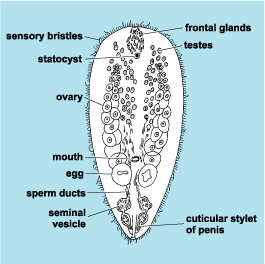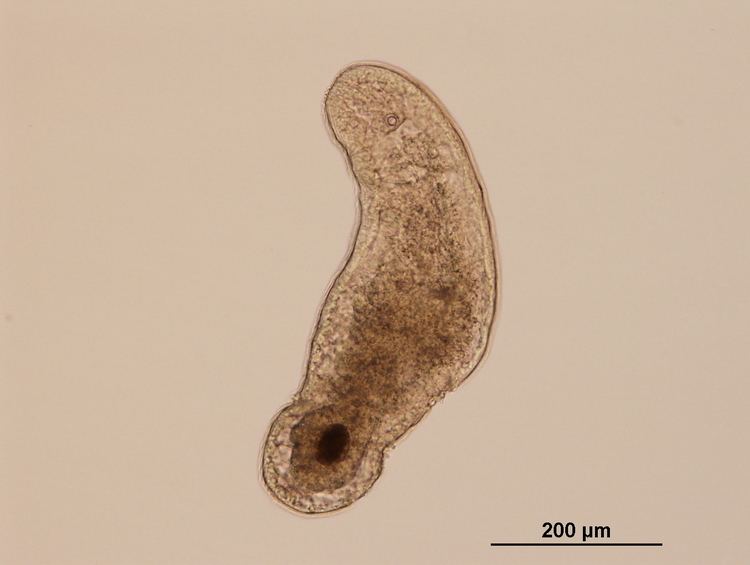Rank Order | Class Acoela | |
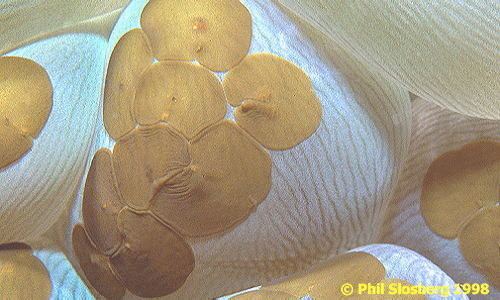 | ||
Similar Acoelomorpha, Nemertodermatida, Turbellaria, Xenacoelomorpha, Gnathostomulid | ||
Acoela
The Acoela or acoels are a class of small and simple invertebrates in the phylum Xenacoelomorpha that resemble flatworms. Historically they were treated as an order of turbellarian flatworms, but molecular phylogeny studies revealed them to be basal bilaterians.
Contents
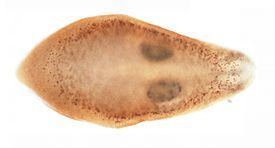
A dish with mixed acoela
Description

Acoels are very small flattened worms, usually under 2 millimetres (0.079 in) in length, but some larger species, such as Symsagittifera roscoffensis, may reach up to 15 millimetres (0.59 in).

They are found worldwide in marine and brackish waters, usually having a benthic lifestyle, although some species are epibionts.
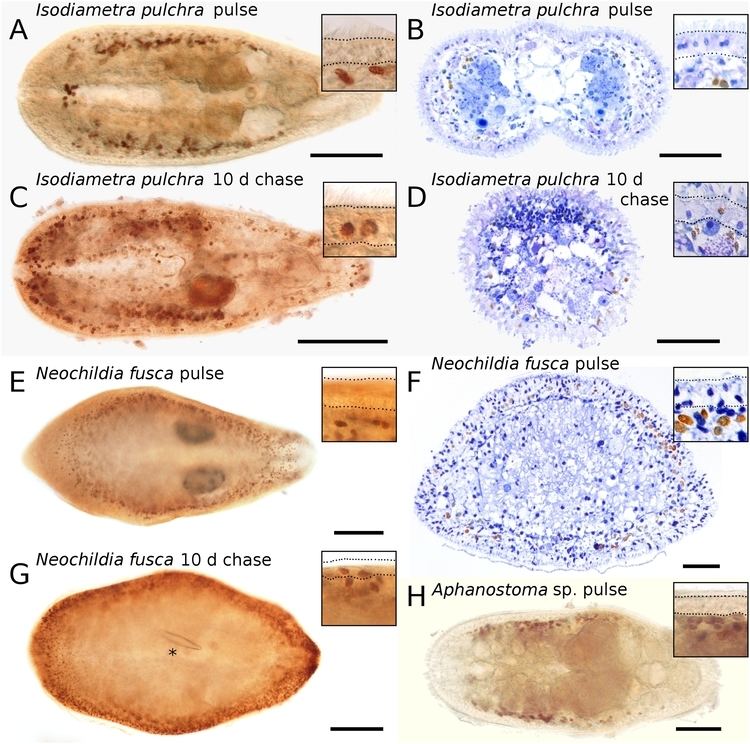
Members of the class Acoela lack a conventional gut, so that the mouth opens directly into the mesenchyme, i.e., the layer of tissue that fills the body. Digestion is accomplished by means of a syncytium that forms a vacuole around ingested food. There are no epithelial cells lining the digestive vacuole, but there is sometimes a short pharynx leading from the mouth to the vacuole. All other bilateral animals (apart from tapeworms) have a gut lined with epithelial cells. As a result, the acoels appear to be solid-bodied (a-coel, or no body cavity).
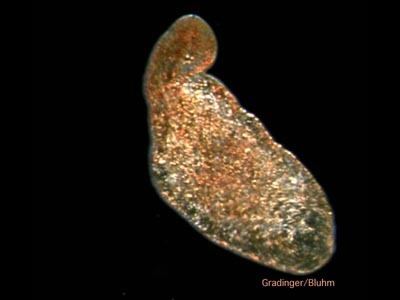
As the most primitive bilateral animals, the Acoela provide interesting insights into early animal evolution and development. The most thoroughly studied animal in this group is the species Isodiametra pulchra. Acoela used to be classified in the phylum Platyhelminthes. However, Acoela was separated from this phylum after molecular analyses showed that it had diverged before the three main bilaterian clades had formed.

